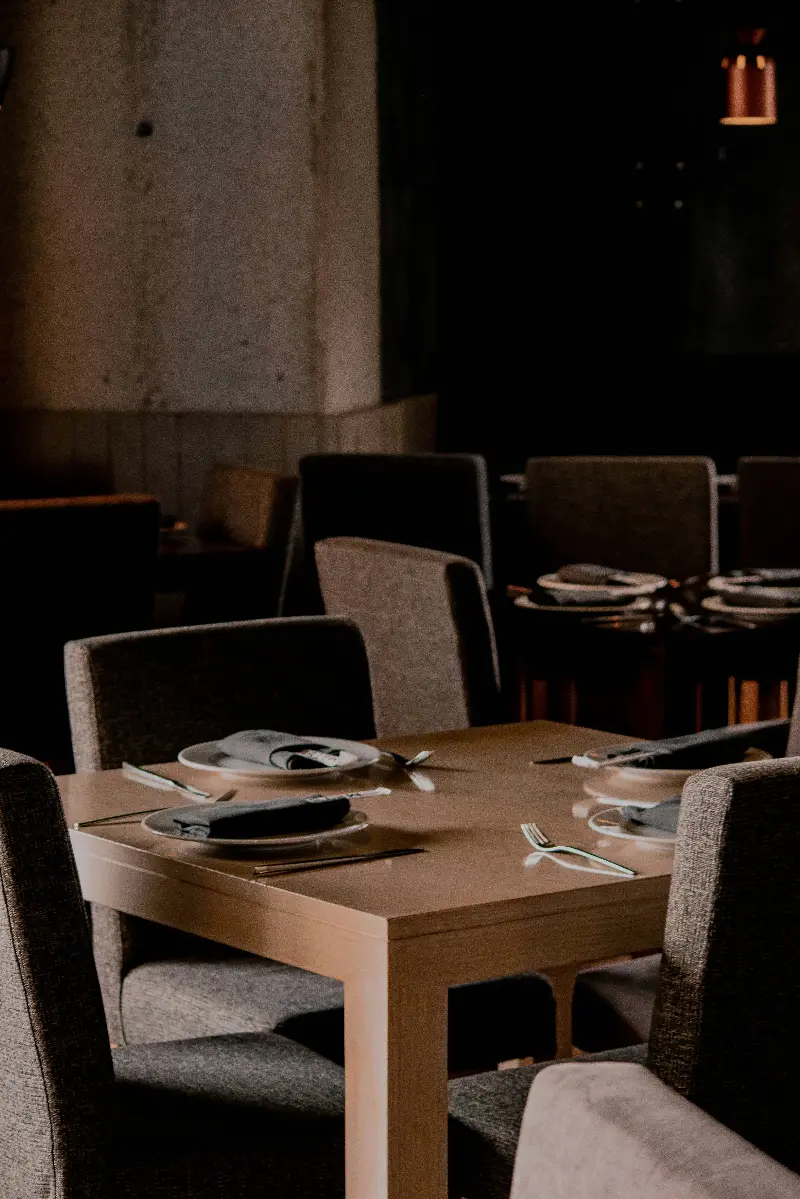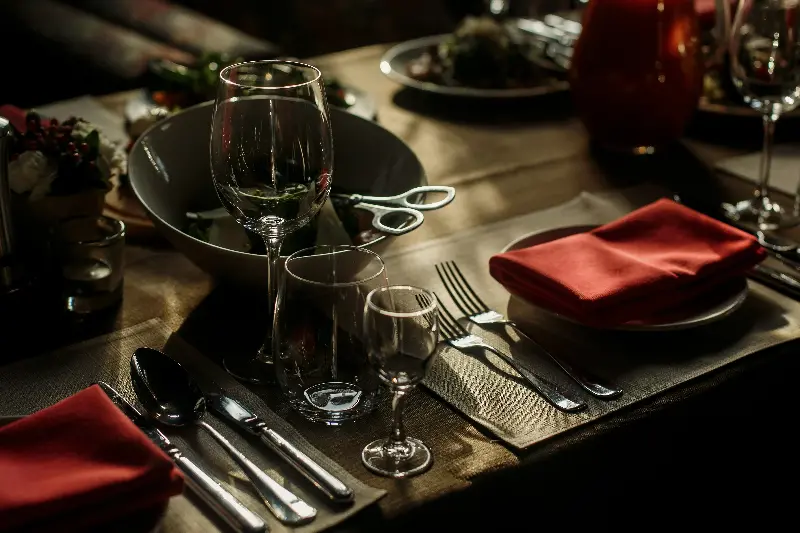
Have you ever wondered if your cutlery is telling tales at the dining table? While most of us are focused on polite table manners, your fork and knife might be whispering secret messages, especially when you dine abroad. Surprisingly, the way you position your utensils can speak louder than words—sometimes signalling satisfaction, sometimes summoning the next course, and occasionally causing unintentional offence. Let’s embark on a flavourful journey around the world to decode these silent dining cues.
The Language of the Knife and Fork
In much of Europe, your cutlery is more than a mere tool—it’s a conversation starter. When you rest your knife and fork in an inverted V on your plate, with the tips touching, it tells your host, “I’m just taking a break.” But when you place them parallel in the 4 o’clock position, it sends a strong, silent message: “I’m finished; please clear my plate.” This practice is particularly prevalent in places like France, Germany, and Spain, where table manners are a badge of sophistication.
Forget to follow these cues and you might find your plate remains before you long after the last bite, as attentive servers look for the familiar cutlery symbol before whisking it away.

Across the Pond: North American Nuances
Across North America, the ‘resting’ and ‘finished’ positions for your cutlery differ slightly, but are just as significant. Placing your fork and knife in a slight upside-down V, with the fork tines up and knife edge toward the fork, signals you're pausing; aligning both diagonally from 10 to 4 o’clock tells your server you’re done.
Some charming quirks include:
- Place settings are less formal at some tables, so signals may be subtle or ignored.
- Stacking plates or utensils haphazardly can be considered rude—best to let the waiting staff handle it.
- Tipping your cutlery off the plate? In some high-end restaurants, this might get you a discreet side-eye.
Asian Perspectives: Chopsticks Tell All
In many Asian cultures, chopsticks are not just functional—they’re highly symbolic. For example:
- In Japan, never stick your chopsticks upright in your rice—it’s reminiscent of funeral rites and deeply disrespectful.
- Placing chopsticks parallel across your bowl or plate signals you’re finished, while resting them on a chopstick holder or the side of your plate means you haven’t yet completed your meal.
- In China, tapping chopsticks on the bowl is considered impolite, signalling impatience (akin to drumming your fingers at the table).
Moving your chopsticks carefully is a subtle show of respect, and mastering this speaks volumes to your hosts.
The Rituals of the Mediterranean and Middle East
For those dining in the Mediterranean or Middle Eastern regions, cutlery etiquette takes on unique flourishes. In both Greece and Turkey, for example, resting the knife and fork together on the plate communicates you’re finished—but crossing them may signal a problem with the meal.
- Eating with the right hand is traditional in many Middle Eastern cultures.
- Leaving a small amount of food on the plate is often seen as polite, suggesting the host has provided amply.
Cutlery Signals: Not Always Universal
What’s considered excellent etiquette in one culture can be awkward elsewhere, so a little pre-trip research can transform your dining experience. Consider these quick global cues:
- European: Parallel cutlery—done, inverted V—pause.
- North America: Diagonal together—finished, apart—still eating.
- Japan/China: Chopsticks across—finished; not upright.
- Middle East: Right hand only, small leftovers welcome.
Every table, every culture, every meal brings a different rhythm and set of rules. Isn’t it fascinating that silent gestures can bridge language barriers or quietly stir the pot?
Next time you raise your fork or lay down your chopsticks, remember—the story you’re telling at the table goes far beyond what’s on your plate. Will you let your cutlery converse for you, or perhaps, venture to decode a new table’s secret language the next time you dine abroad? The world might just have another silent message waiting for you to discover.
